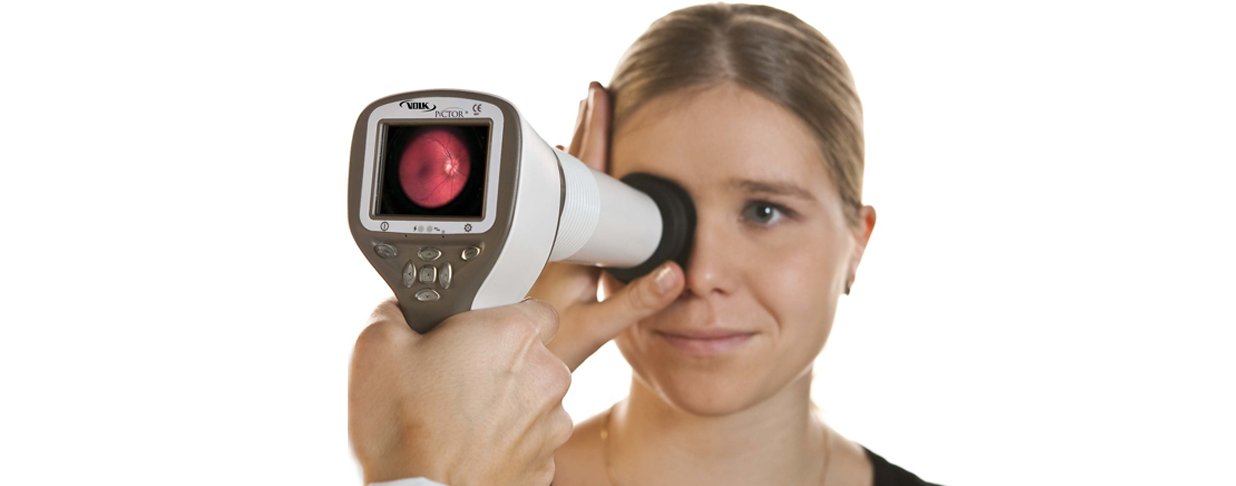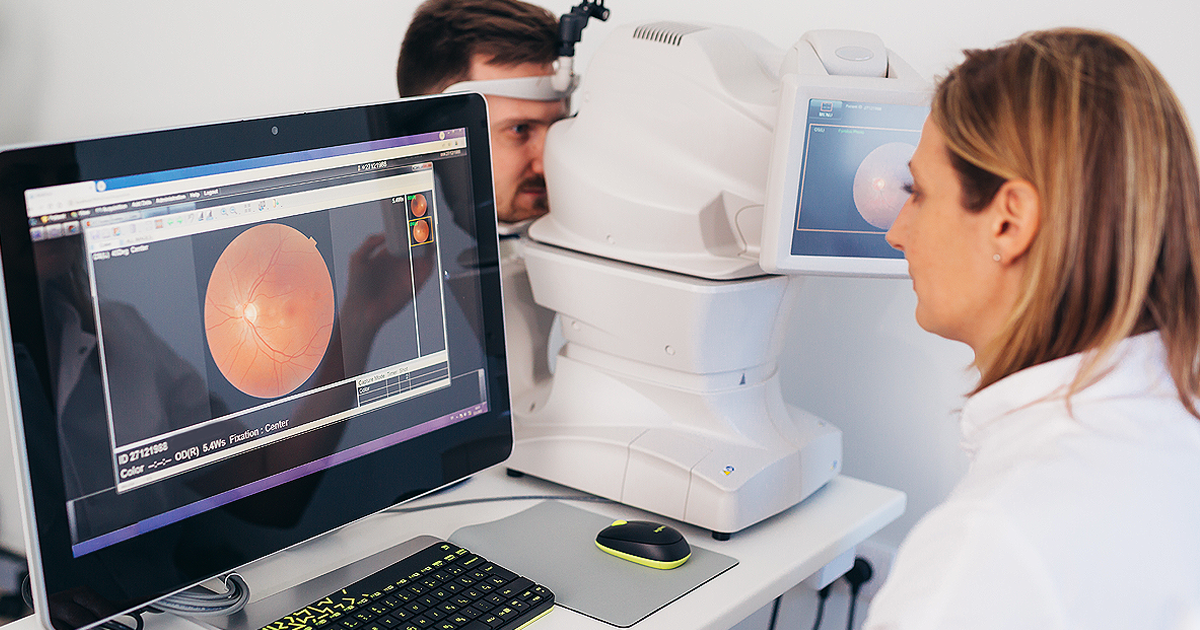Physicians the world over agree: Nutrition is the foundation of health and development. And just as it influences our immune systems, brain development and heart health, good nutrition may help optimize our vision and reduce the risk of certain eye diseases, such as age-related macular degeneration and cataracts.1
In fact, certain vitamins are essential for maintaining good eye health. Here we outline 6 specific nutrients with high antioxidant content, including how they can help maintain healthy vision, and offer some delicious, eye-friendly recipes for keeping them interesting in your employees' daily diets. And note, while researchers link these nutrients to reducing the risk of serious, age-related eye diseases as employees grow older, they are important to their eye health no matter what their ages.
Vitamin A
The antioxidant vitamin A helps keep the surface of eyes healthy.2 Some foods rich in vitamin A include vegetables, like sweet potatoes, leafy greens and carrots. Animal-based foods, such as cheese, oily fish and liver, are also sources for this nutrient.
Lutein and zeaxanthin
Among the foods highest in lutein and zeaxanthin are broccoli and green leafy legumes, such as spinach and kale, and colorful fruits and vegetables like tangerines and peas.3 Studies have shown them to reduce the risk for developing new cataracts4 and preventing macular degeneration.5
Vitamin C
When combined with other essential nutrients, vitamin C can protect eyes against a certain form of macular degeneration and can aid in the slowed progression of cataracts.6 Citrus fruits like oranges and lemons, plus berries, broccoli and tomatoes are among the foods that are high in vitamin C.
Vitamin E
A powerful antioxidant, vitamin E can be found in nuts, fortified cereals and sweet potatoes. It protects eye cells by fighting from free radicals in the body, thereby "keeping the cells happy and healthy."7
Omega-3 fatty acids
Omega-3 fatty acids have been shown to be important for proper visual development and retinal function, according to the American Optometric Association.8 Some food sources including omega-3 fatty acids are salmon, sardines, tuna, walnuts and flax and chia seeds.9
Zinc
A mineral said to be the “helper molecule,” zinc plays a vital role in bringing vitamin A from the liver to the retina to produce the protective pigment melanin.10 Some of the foods that are highest in zinc include oysters, beef chuck roast, crab, shellfish, dark meat chicken and pumpkin seeds.11
Eating foods full of antioxidants like the one above can help keep our bodies healthy and maintain our vision, too. Click here for information-packed articles on good eye health, along with recipes and step-by-step videos for creating eye-healthy meals and snacks you can share with your employees. Recipes include:
- Eggs in a basket with strawberry hearts
- Infused water with flavors, such as strawberry mint and rainbow citrus
- Almond milk and mixed fruit smoothie
- Tropical fruit with chia seed pudding
- Smoked salmon salad
- Protein balls and hummus
- Black bean and bell pepper salad
- Apple and carrot salad
••••
1 "Diet and Nutrition," American Optometric Association, Accessed June 29, 2021.
2 "Myopia (Nearsightedness)," Cleveland Clinic, July 14, 2020.
3 "Top 10 Foods Highest in Lutein and Zeaxanthin," Daisy Whitbread, MyFoodData, Jan. 22, 2021.
4 "Diet and Nutrition," American Optometric Association, Accessed June 29, 2021.
5 "Top 10 Foods Highest in Lutein and Zeaxanthin," Daisy Whitbread, MyFoodData, Jan. 22, 2021.
6 "10 Foods That Are Good For Your Eyes” WebMD, June 15, 2022.
7 "All About Vitamin E," Tyler Sorenson, Rebuild Your Vision, April 30, 2020.
8 "Diet and Nutrition," American Optometric Association, Accessed June 29, 2021.
9 "Nutrition for Eye Health," Gwyn Thompson, Washington Daily News, June 27, 2020.
10 "Feast Your Eyes on Antioxidants," Anna Keefe, Delta Dental, Jan. 12, 2021.
11 "Foods High in Zinc, Dr. Doug Stewart, Chemical Periodic Table, Chemicool.com, June 29, 2021.




